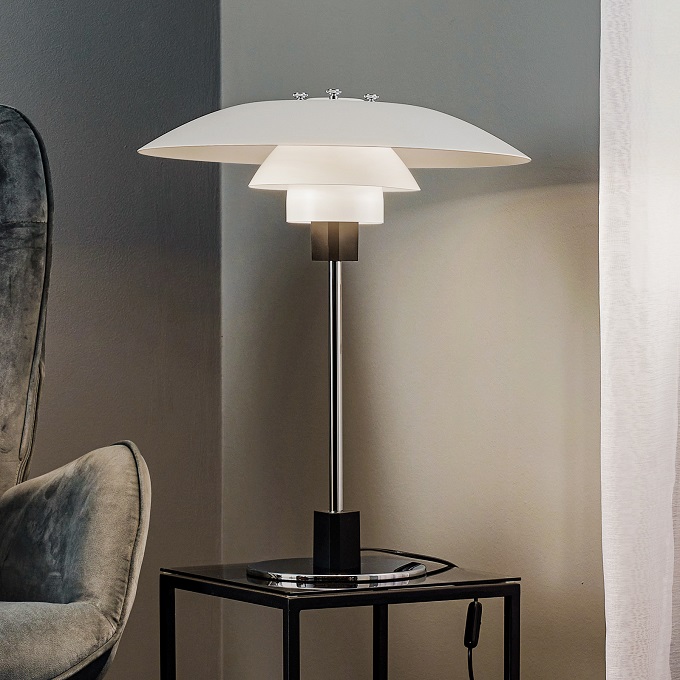Introduction:
Lighting is an essential aspect of any living space, and the right kind of lighting can change the mood and atmosphere of a room. Wall lights, in particular, are an excellent way to add ambient lighting to a room. While traditional wall lights required hardwiring, plug-in wall lights are becoming increasingly popular for their convenience and ease of installation. In this article, we explore the benefits of using plug-in wall lights.
Benefits of Plug-In Wall Lights:
1. Convenience:
One of the primary benefits of plug-in wall lights is their convenience. They do not require hardwiring or the assistance of an electrician to install, which saves time and money.
2. Versatility:
Plug-in wall lights are highly versatile and can be easily moved or repositioned whenever necessary. They are an excellent solution for people who frequently change their furniture layout or home décor.
3. Aesthetics:
Plug-in wall lights come in a variety of styles and designs, allowing people to find the perfect fit for their home décor. They add a decorative element to wall space while also providing practical lighting.
Types of Plug-In Wall Lights:
1. Swing-arm wall lights:
Swing-arm wall lights are an ideal choice for people who want to adjust the direction of the light. These lights have an arm that can be moved to different angles, making them perfect for reading or working.
2. Sconce wall lights:
Sconce wall lights are another popular choice that can be used for ambient or decorative lighting. They come in a variety of styles and can be used as a single light or in pairs.
3. Picture Lights:
Picture lights are used to highlight artwork, photographs, or other decorative elements on a wall. These lights typically have a long arm that extends out from the wall and shines directly onto the picture.
Installation of Plug-In Wall Lights:
Installing plug-in wall lights is a straightforward process that can be done with minimal effort. Here are the steps to follow:
1. Choose the location where you want to install the wall light and ensure that there is an electrical socket nearby.
2. Use a stud finder to locate any studs in the wall where you want to install the wall light.
3. Mark the location of the mounting bracket on the wall.
4. Use screws to secure the mounting bracket to the wall.
5. Attach the wall light to the mounting bracket.
6. Plug the wall light into the nearby electrical socket.

















